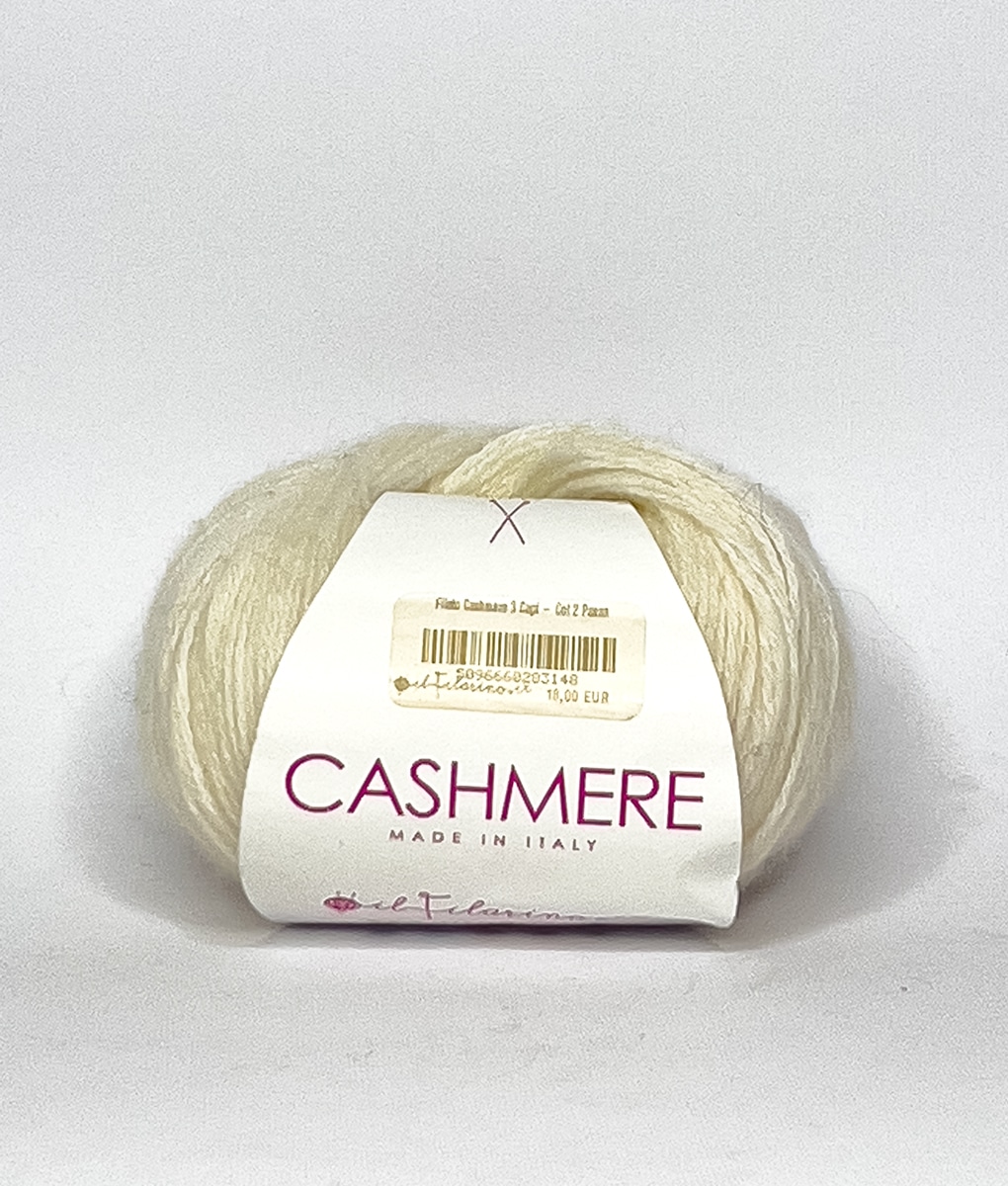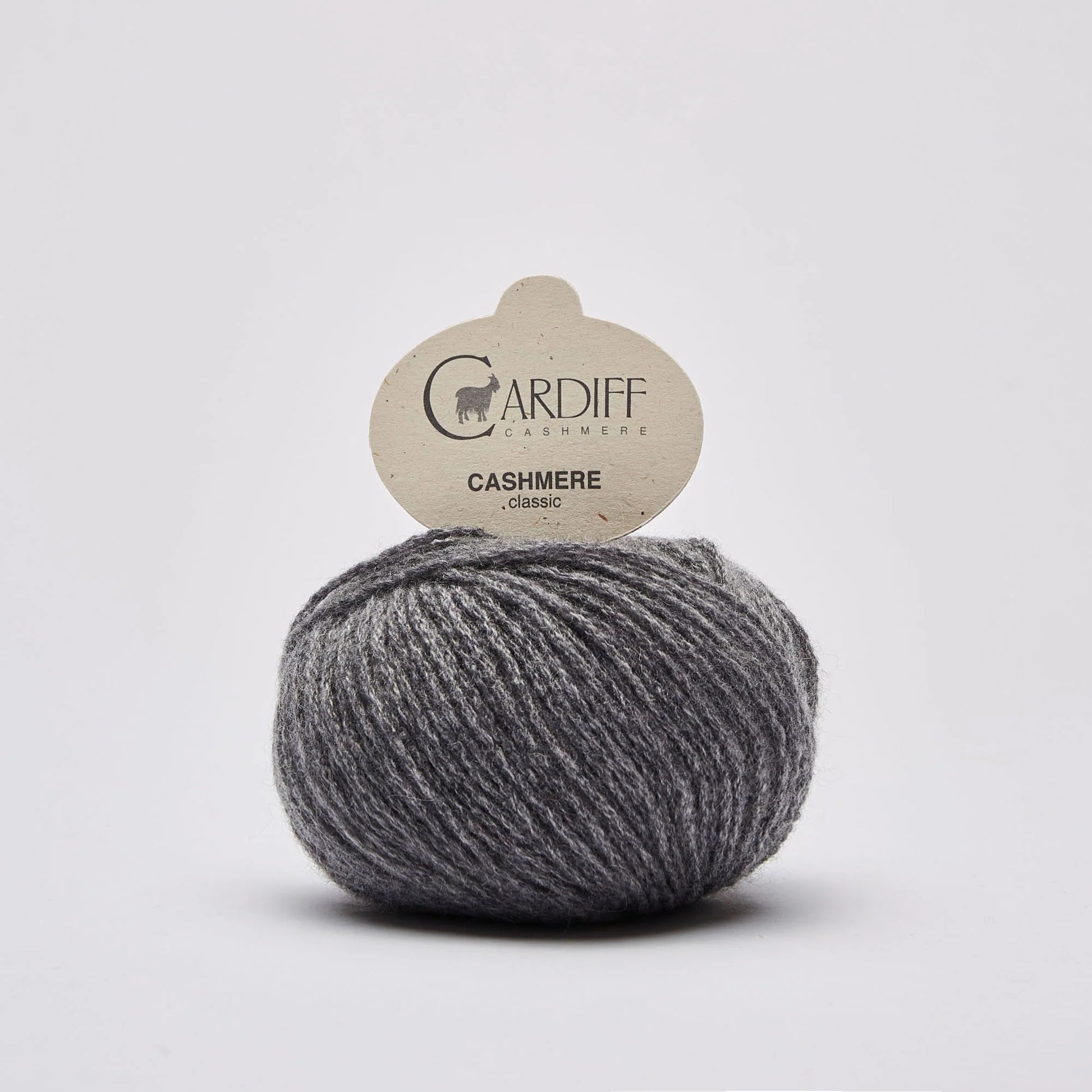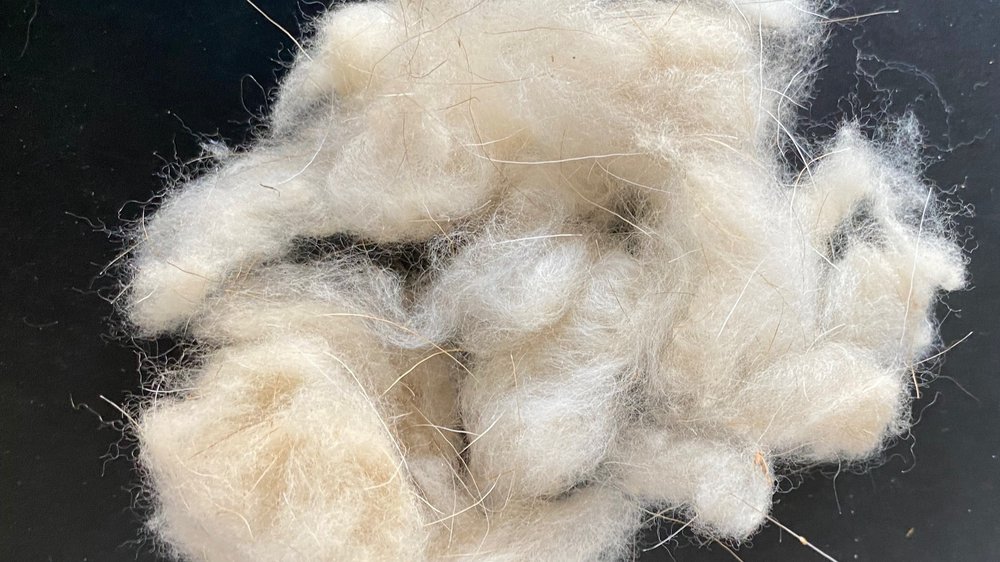What Is Cashmere and Why It’s Regarded One of the Softest Fabrics in the World
What Is Cashmere and Why It’s Regarded One of the Softest Fabrics in the World
Blog Article
Factors You Should Require Cashmere an All-natural Fiber for Convenience and Beauty in Everyday Wear
In the realm of fabrics, couple of fibers rival the high-end and comfort of cashmere. This special product, known for its remarkable softness and insulation, offers unparalleled convenience and beauty for day-to-day wear. What establishes it apart from other fibers? Exactly how does it affect the environment and how does it compare to artificial alternatives? Furthermore, how can one best make use of cashmere to elevate their design? These fascinating concerns lay the foundation for an informing expedition into the globe of cashmere.
Understanding the Glamorous Nature of Cashmere

Assessing the Comfort Aspect of Cashmere Garments
What qualities underscore the comfort variable of cashmere garments? The softness of cashmere is the very first high quality to think about. Its plush texture makes it feel like a second skin, supplying warmth without the weight or itchiness linked with other woollen items. In addition, cashmere's distinct fiber framework enables breathability, regulating temperature level and avoiding overheating. The material's versatility and sturdiness make sure that it mold and mildews versus the body easily, preserving its shape in time. Cashmere's hypoallergenic buildings likewise add to its comfort, making it a suitable selection for sensitive skin. Finally, the capacity to layer cashmere items without bulkiness enhances the comfort variable. Essentially, the comfort of cashmere is originated from its soft qualities, breathability, durability, hypoallergenic nature, and versatility.

The Ecological Impact and Sustainability of Cashmere
While the convenience and elegance of cashmere are certainly appealing, it's equally important to consider its connection with the atmosphere. Cashmere production, mostly in Mongolia and China, involves elevating cashmere goats, which can substantially stress breakable meadow communities because of overgrazing. This can bring about desertification, a pressing environmental issue. The processing of cashmere, involving cleaning and coloring, can additionally contribute to water contamination if not properly taken care of. Efforts are being made to establish sustainable cashmere manufacturing techniques, such as rotational grazing and cleaner processing techniques. While cashmere has ecological influences, its sustainability mainly depends on manufacturing methods.
Contrasting Cashmere to Synthetic Fibers: A Cost-Benefit Analysis
In spite of its environmental difficulties, cashmere provides an one-of-a-kind collection Go Here of benefits over artificial fibers. Cashmere's all-natural fibers offer unrivaled softness and warmth, converting into convenience that artificial fibers have a hard time to match. Unlike artificial fibers, cashmere does not add to microplastic contamination, making it a much more sustainable option.
Styling Tips With Cashmere for Everyday Beauty
Having actually thought about the cost-benefit evaluation of cashmere compared to artificial fibers, it ends up being clear why this lavish product is a popular option for lots of. When styling cashmere for day-to-day sophistication, simplicity Read Full Article is key. A cashmere coat, as an example, can be coupled with customized pants or a smooth skirt for a chic, put-together appearance - cashmere fibre. For a much more laid-back set, a cashmere cardigan put on over a basic t-shirt and pants radiates easy design. Accessories can further raise the look: a declaration pendant or headscarf can add a pop of color to a neutral cashmere item. Ultimately, the intrinsic beauty of cashmere makes it a functional enhancement to any closet, effortlessly improving daily clothing with a touch of luxury.

Final Thought
In summary, the impressive residential or commercial properties of cashmere make it a valuable addition to any kind of wardrobe. Its elegant feeling, convenience, breathability, and versatility to varying temperatures are unmatched. On top of that, cashmere's sustainability and lower ecological impact contrasted to synthetic fibers further improve its appeal. The classic beauty of cashmere, incorporated with its convenience, includes sophistication to day-to-day wear. For that reason, spending in cashmere garments is a worthwhile choice for sustainability, comfort, and design.

Report this page